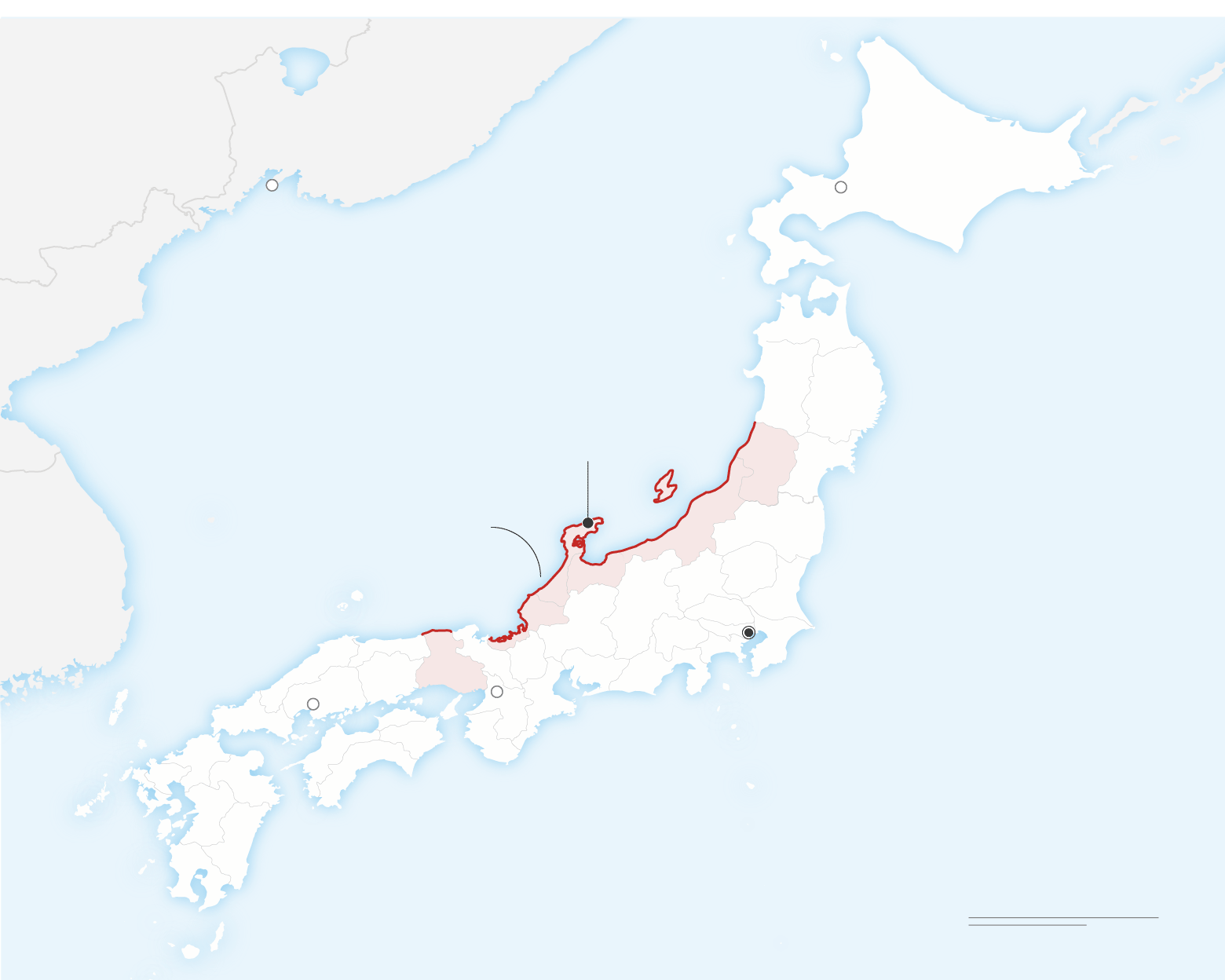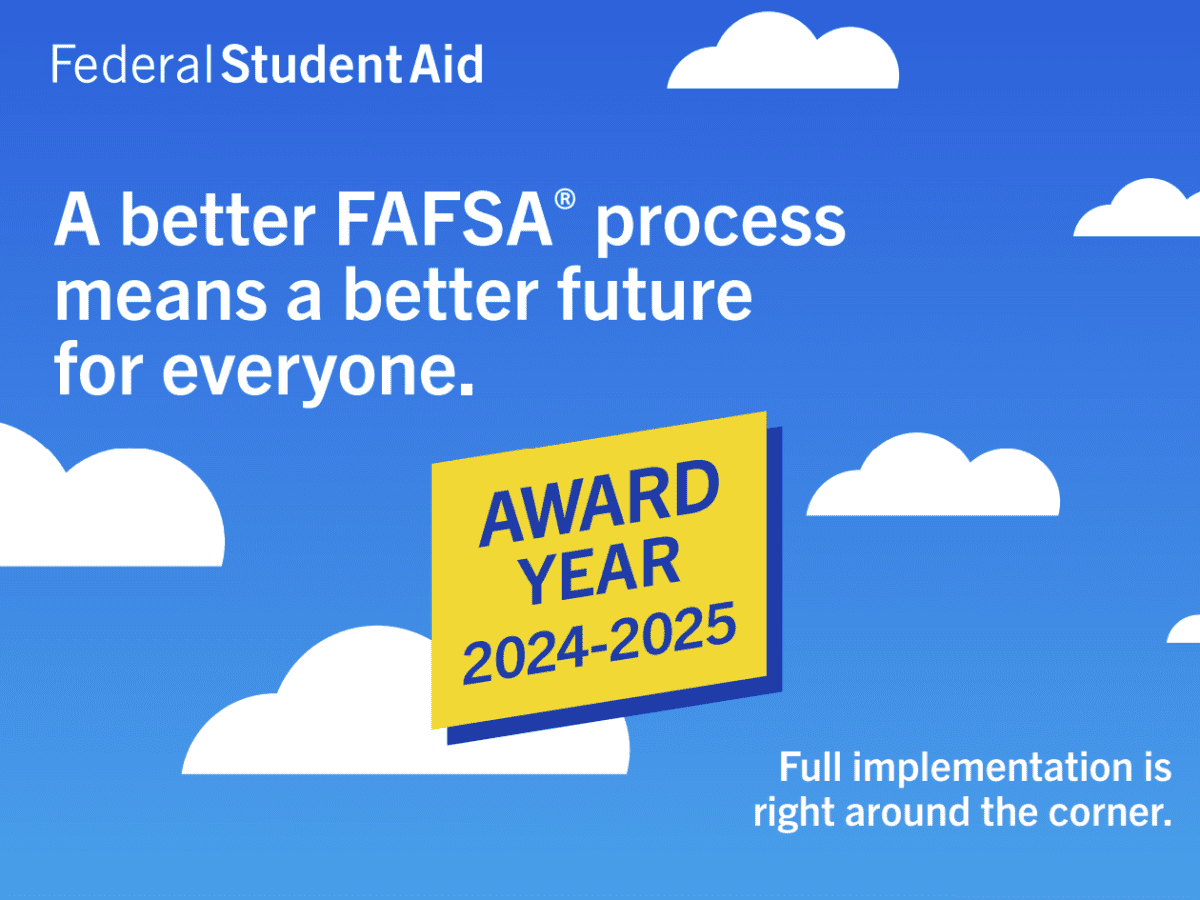
Hanoi, Vietnam : Hanoi residents are struggling to breathe as the city’s air quality nosedives to “very unhealthy” levels. With four areas reaching hazardous zones, authorities urge caution and urge residents to limit outdoor activities.
A City Cloaked in Haze:
On Wednesday morning, Hanoi’s air quality monitoring systems painted a grim picture. All 35 stations registered AQI (Air Quality Index) between 100 and 300, with four locations in Hoan Kiem, Bac Tu Liem, Nam Tu Liem, and Thanh Tri Districts exceeding 300, meaning “very unhealthy.”
Health Risks on High Alert:
Environmental agencies strongly advise avoiding outdoor activities when AQI reaches this level. Masks become essential for those who must venture outside, while vulnerable groups are urged to stay indoors and minimize exertion.
Global Recognition of a Local Woe:
IQAir AirVisual, a Swiss air quality monitoring platform, ranked Hanoi the third most polluted city globally on Wednesday morning. However, they predict a significant drop in pollution with rising wind speeds on Thursday.
U.S. Embassy Monitoring Paints a Similar Picture:
The U.S. Embassy’s monitoring stations confirmed the severity, recording an AQI of 273, firmly in the “very unhealthy” category. Vietnamese app PAM Air paints an even bleaker picture, reporting several locations exceeding 300 AQI, classified as “hazardous” with stay-at-home recommendations.
A Longstanding Battle with Particulates:
A recent World Bank and Hanoi People’s Committee report revealed over 40% of urban residents breathe PM2.5 levels twice the national standards and far exceeding WHO thresholds. The report attributes winter months’ pollution spike to climate change, wind patterns, and agricultural burning.
Locally Generated and Imported Haze:
Experts explain that about a third of Hanoi’s PM2.5 originates within the city, while the remaining two-thirds are transported from surrounding areas. Calm winds and clear skies further exacerbate the air pollution crisis.
A Call for Action:
Hanoi’s struggle with air quality demands immediate attention. Addressing local emission sources, tackling regional contributors, and implementing proactive mitigation measures are crucial to ensuring residents can breathe safely.




